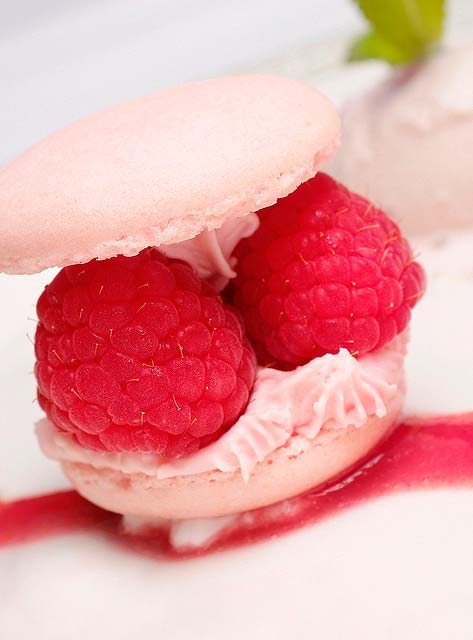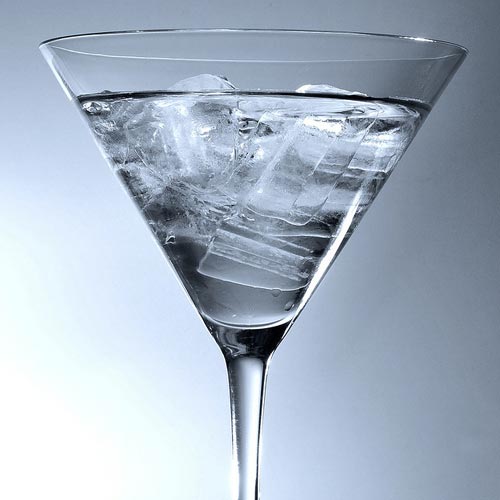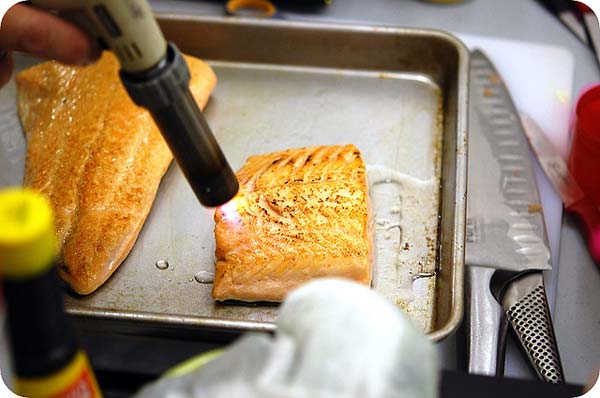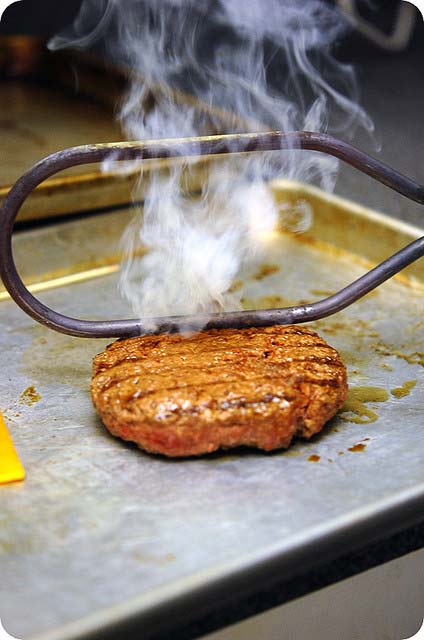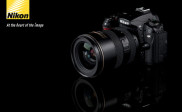Tricks Used in Food Photography
Good photos of food have the ability to whet our appetite and make us long for a taste of what we see. They trigger hunger pangs and the yummier the food is displayed in the shots, the more we crave for them. It’s no wonder that the food industry spends millions of dollars on print advertisements alone to draw in their customers.
Food photography is one of the more challenging genres because food can quickly lose its visual appeal during a photo shoot. Hot studio lights can melt cold treats, vegetables may wilt, and delicate cookies and cakes can crumble while being arranged. In commercial photography, a food stylist is often at hand to fix the presentation so that it can be photographed in a way that will tickle the viewer’s palate.
In food photography, many tricks can be used to make food look as delectable as possible. These also buy the photographer more time to get the shot. Many of the tricks involve the use of items that you would not want to eat or even find on a real plate of food. Care should be given to what the photos will be used for. Some tricks can be considered misleading and even illegal if they are applied in photos used in the advertising or packaging of a specific food product.
Some simple and effective tricks used in food photography:
Fake ice cubes – ice cubes can quickly melt especially when under the studio lights. Instead of replacing the ice cubes every few minutes, use fake ice cubes for the photos.
Steamer or incense sticks – we like hot food to also look hot, and this is usually indicated by the presence of steam. Steam can be difficult to capture because it is nearly transparent, it doesn’t stay in one spot, and it can quickly dissipate. It’s not impossible to shoot real steam, especially if you have a dark background. However, a steamer or an incense stick hidden behind the food can simulate the appearance of steam and can be more convenient because they emit a constant flow. This trick is no longer used as often especially for those who can add steam in post-processing.
Blow torch – this is a nifty gadget you can use to brown some sections of steaks, burger patties, fish, and the like.
Toothpicks – some pieces of food might not stay in place or be at the right angle that you want them to be. It’s toothpicks to the rescue! Stick some of these in strategic spots to prop up the food elements and make them stay put.
Branding iron – to create grill marks for meats without them ever touching a real griller, a branding iron usually does the trick.
Glycerin – if you want your fish and vegetables to keep the appearance of freshness while you are taking photos, lightly spray or brush them with glycerin.
Some people make use of great lighting, composition, and a meticulous hand to create succulent looking photos, while others choose to include tricks and shortcuts to make food look attractive even if it is no longer edible. The ethics of food photography tricks depend on your beliefs, but it is safe to say that the effectiveness of these tricks cannot be discounted.

